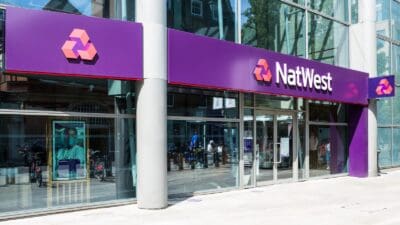High risk
Shares of Gulf Keystone Petroleum (LSE: GKP) have fallen by more than 50% during the last year and 5% over the last week. The company is battling depressed oil prices on one front, while on the other it faces economic and security challenges at its key drilling sites in Iraqi Kurdistan.
After initially showing signs of recovery, the shares extended their decline at the opening of 2016 after drillers in the region were forced to revise their reserves estimates lower in response to complications that could now make extracting some of the region’s oil problematic.
In addition to plummeting oil prices and extraction complications, GKP’s drill sites are exposed to security risks stemming from the Islamic State insurgency in Iraq, while instability in the region has also added to financial difficulties experienced by the Kurdish authorities.
Should you invest £1,000 in F&c Investment Trust Plc right now?
When investing expert Mark Rogers has a stock tip, it can pay to listen. After all, the flagship Motley Fool Share Advisor newsletter he has run for nearly a decade has provided thousands of paying members with top stock recommendations from the UK and US markets. And right now, Mark thinks there are 6 standout stocks that investors should consider buying. Want to see if F&c Investment Trust Plc made the list?
As a result, the Kurdish Regional Government (KRG) now has a backlog of missed payments and debts which are owed to drillers — including GKP, Afren and Genel — that are yet to be settled.
While the KRG has recently made a number of payments to drillers in an effort to clear its debts, poor visibility on recoverable reserves, ongoing oil price weakness and the conflict in Iraq and Syria all make Gulf Keystone Petroleum a high risk prospect for even the most speculative investors.
Delivering results
Card Factory (LSE: CARD) shares were among the top risers in the FTSE 250 this morning after the group announced a better than expected set of full year results.
In detail, management reported strong growth in like-for-like and total figures for revenue, EBITDA and pre tax profits. Earnings per share were also up by just over 17% while the ordinary dividend grew by 33% from 4.5 p to 6.0 p for the period.
In addition, management announced that the group had opened 50 new stores during the year as high street demand for greetings cards and gifts remains strong despite the proliferation of online and DIY gift services or products.
While the shares are up by 4% so far today, they remain 8% below their January level, which could suggest that they still have further to run if the outlook for earnings in the current year remains bright.
Growth opportunities
Tate & Lyle (LSE: TATE) released a brief trading update this morning, in which it stated that management expects to meet market expectations for the full year financial performance, results of which are due on 28 May. Earlier guidance had suggested that 2016 adjusted earnings will be broadly in line with the 2015 level of £192 million.
Investors have shunned Tate & Lyle over the last 18 months, prompting the shares to be relegated from the FTSE 100 in 2015, as investors reacted to a slowdown in the group’s bulk ingredients division and growing competitive threats to its core Sucralose sweetener business. However, the first half of the current trading year saw “good volume growth” in Specialty Food Ingredients across Europe and Asia more than offset weakness in other areas according to management.
In addition, the sugar tax that was recently announced in the UK could drive more soft drinks companies toward the kind of alternatives offered by Tate & Lyle over the medium term, while also underlining the longer term growth potential for companies offering healthier alternatives to sugar, such as low-no calorie sweeteners.
The shares have fallen substantially during recent years and are down by just over 2% for the year to date. However, with management appearing to have arrested the group’s earnings decline, there now seems to be at least some scope for a more prolonged recovery over the coming quarters.







